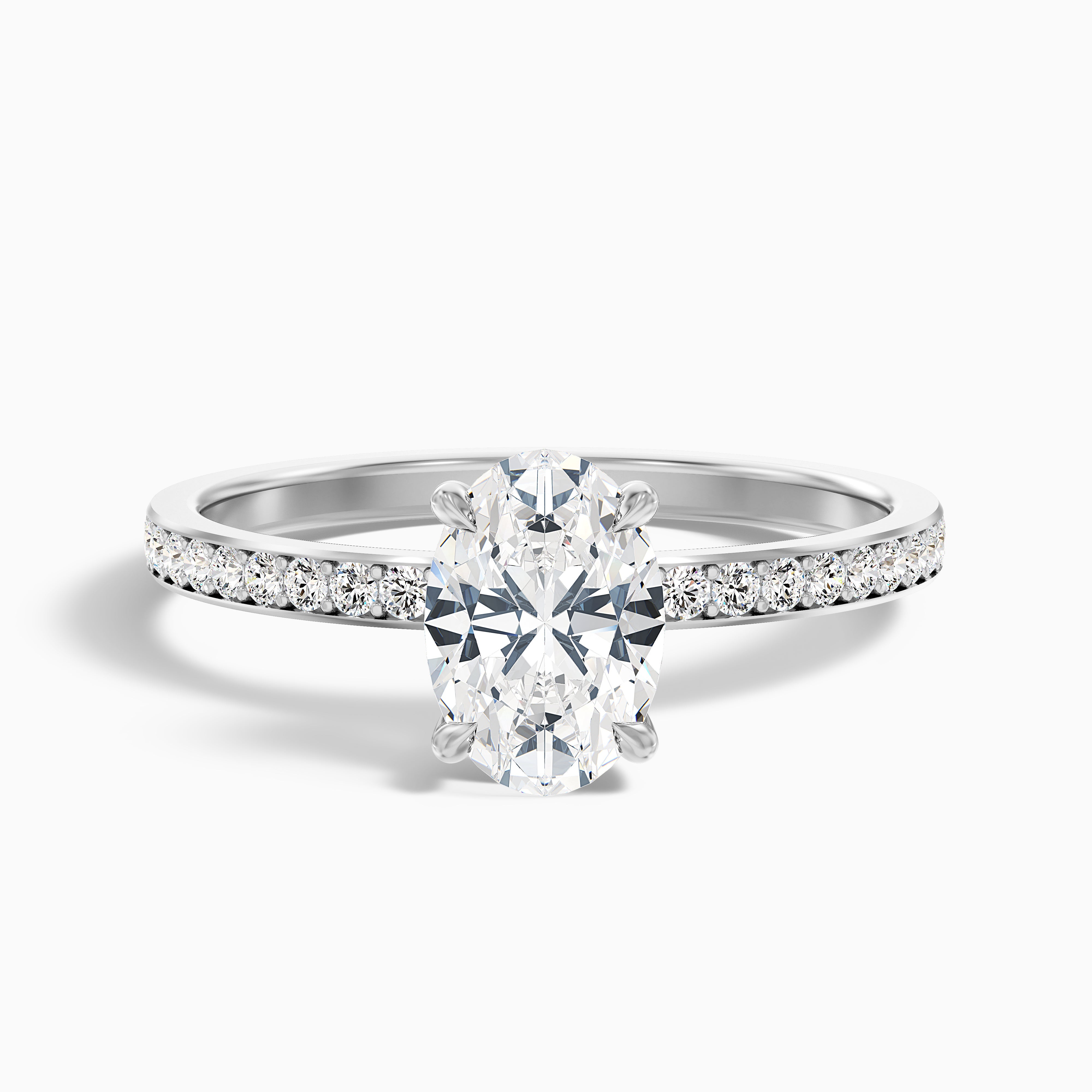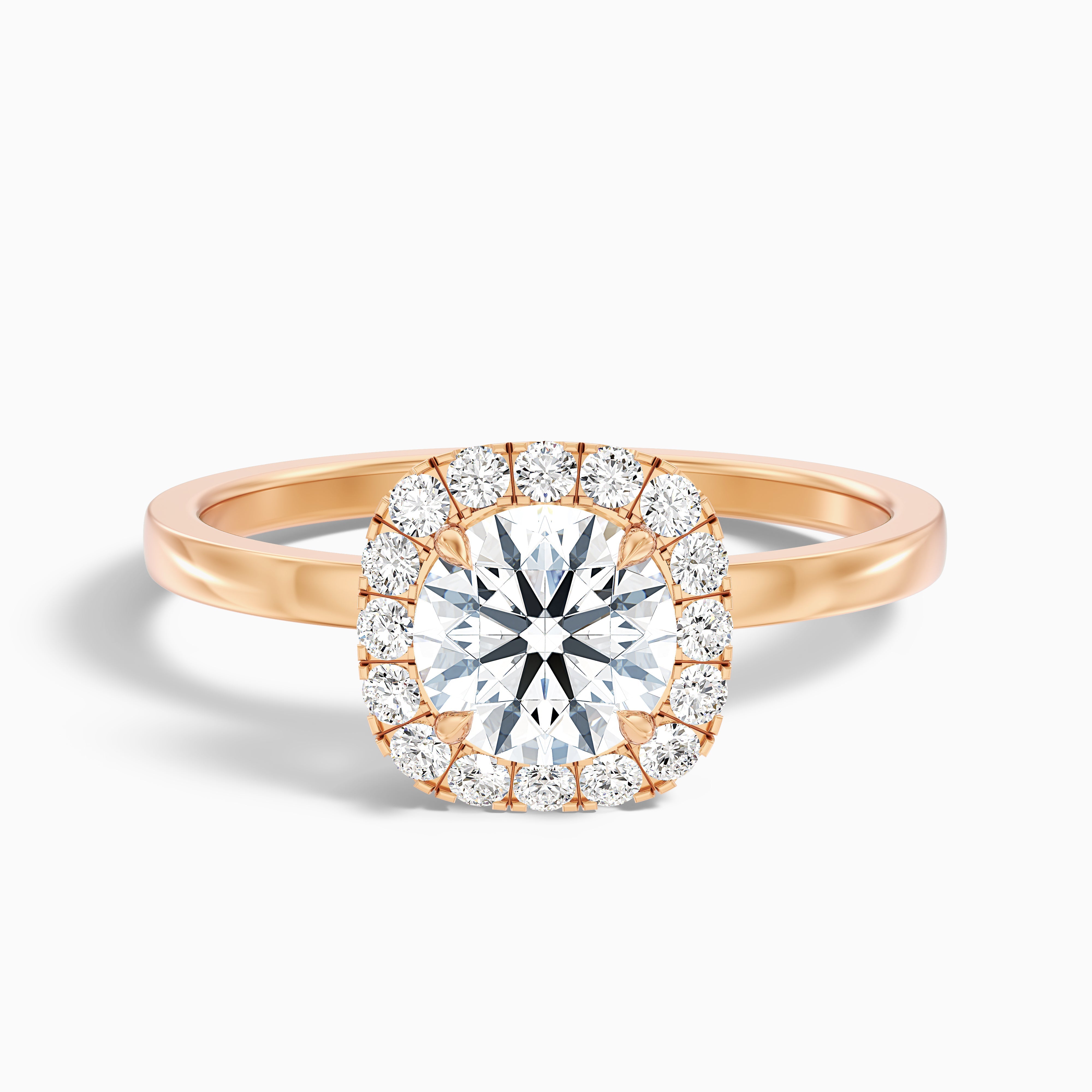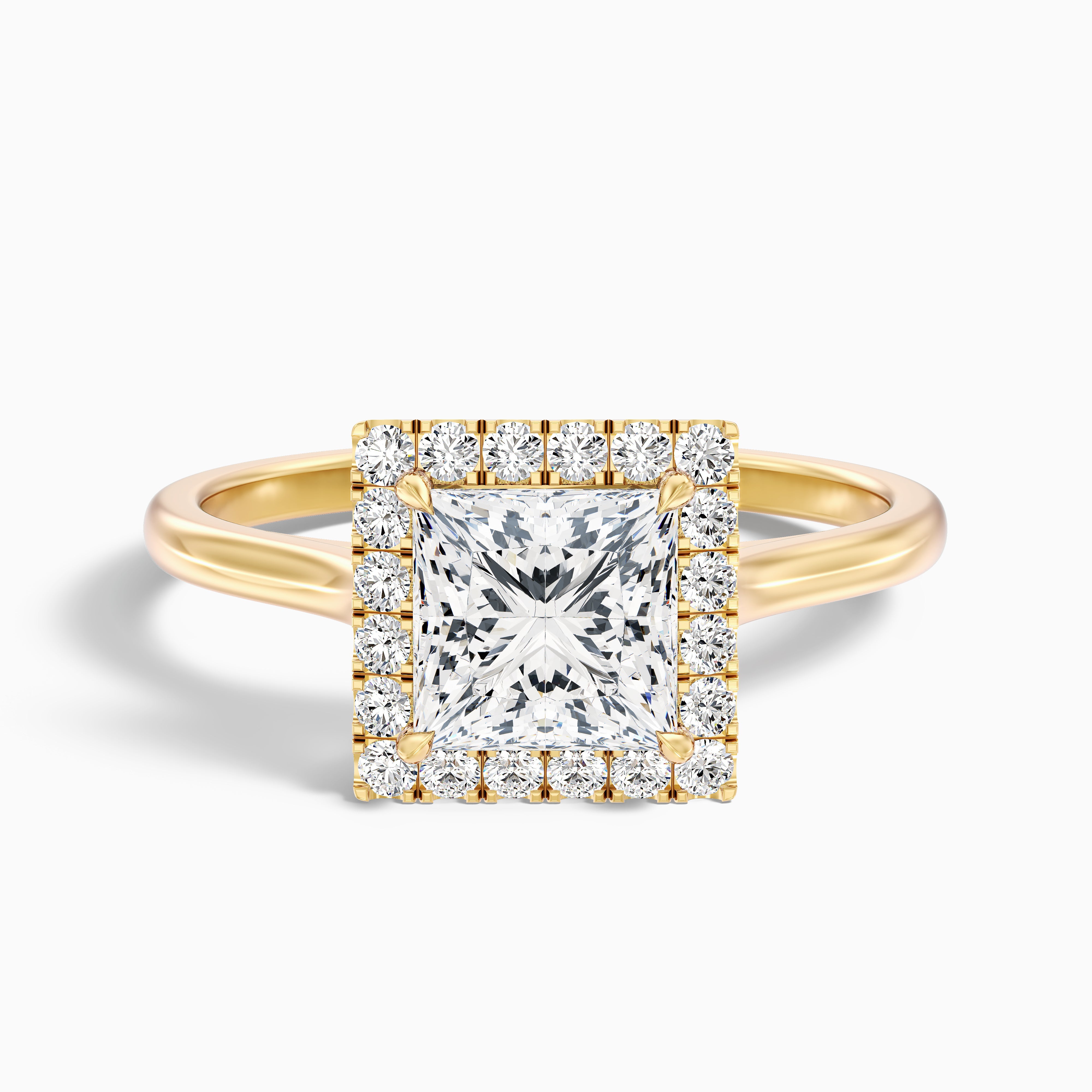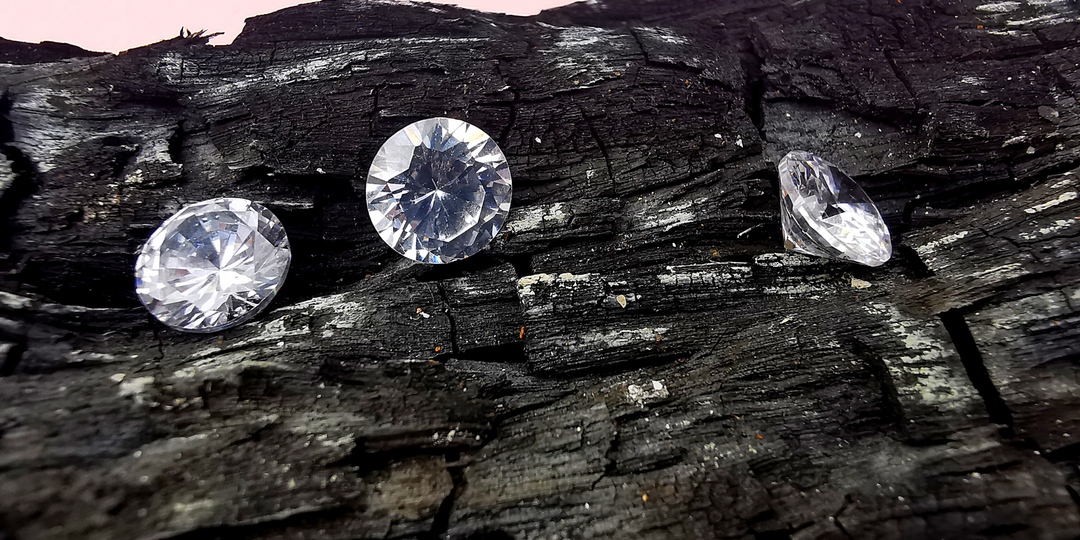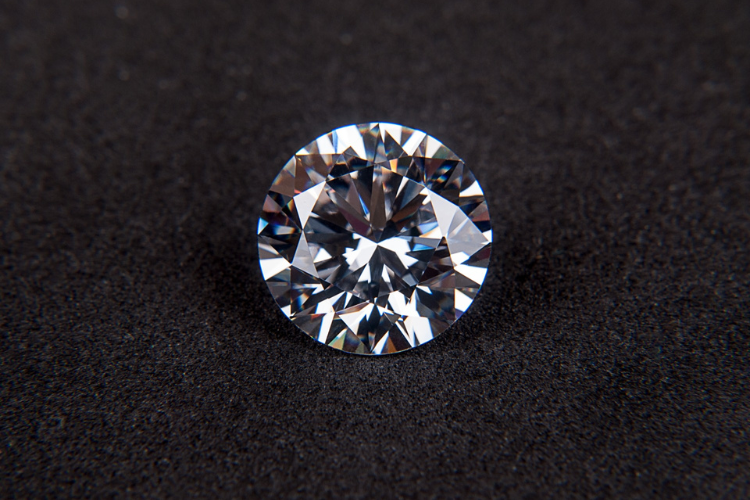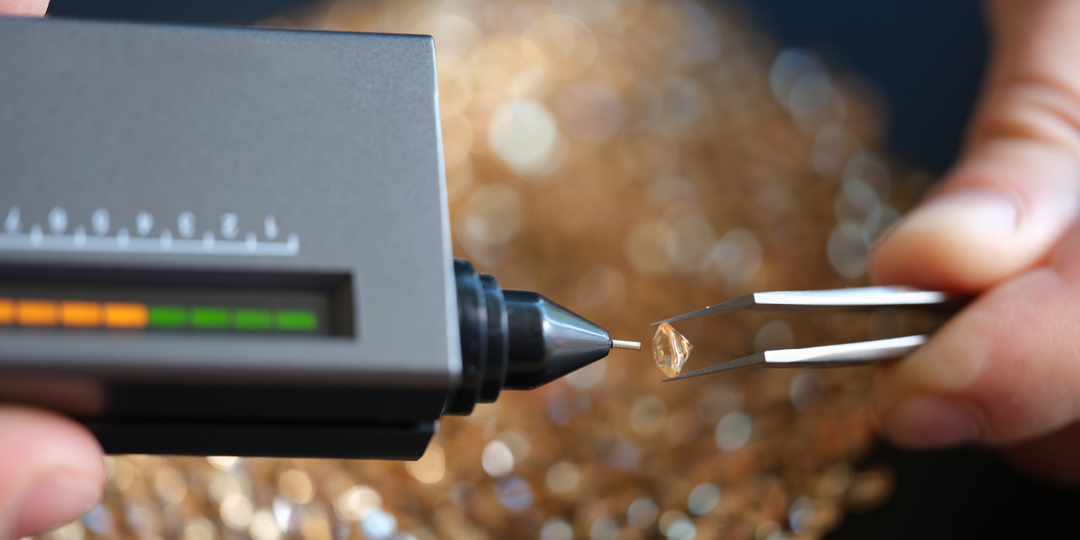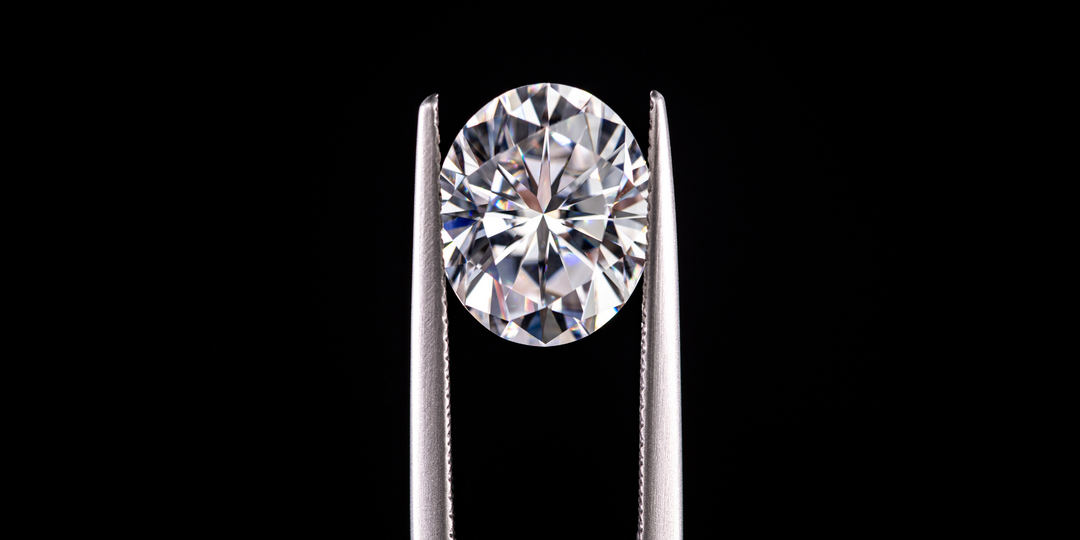HPHT Vs CVD Lab Grown Diamonds: Key Differences
Lab grown diamonds are everywhere right now, and for good reason. They offer the sparkle of natural diamonds without the high mining cost, both environmentally and financially. However, once you start researching them, you’ll notice two terms that keep coming up: HPHT and CVD.
At first glance, it might not seem like a big deal. A lab diamond is a lab diamond, right? Not quite. The method used to grow the diamond has a real impact on how it turns out, and on what it might mean for you as a buyer.
So if you're figuring out how to buy lab grown diamonds, or maybe searching for the best place to buy lab created diamonds, understanding the difference between HPHT and CVD matters more than you’d think.
Let’s get into it.
CVD Vs. HPHT Lab Grown Diamonds: Distinguishing Techniques?
Both HPHT and CVD create real diamonds using carbon and advanced technology. The result? A stone that’s chemically and physically identical to something pulled from the earth. But the path they take is different.
HPHT mimics the natural diamond forming process by using high pressure and high temperature, similar to the conditions deep inside the Earth. Conversely, CVD creates diamonds gradually in layers using a gaseous combination in a regulated environment.
The diamond's color, clarity, size, and occasionally its price are all influenced by that change in strategy. The good news? You don’t have to be a gemologist to understand it.
What Is the High Pressure High Temperature (HPHT) Method?
The HPHT process has been around longer. Initially, it was developed to create synthetic diamonds for industrial use; tools, machinery, stuff like that. Over time, the technology improved, and now it’s widely used to grow gem-quality diamonds for jewelry.
Here’s how it works.
A tiny diamond seed is placed into a growth chamber. Then, it’s exposed to extreme heat (above 1,400°C) and intense pressure; about 5 to 6 GPa, which is roughly 60,000 times the pressure of our atmosphere. As carbon slowly melts around the seed, a diamond forms and grows over time.
What stands out about HPHT?
- It can produce large diamonds relatively quickly.
-
The process often yields diamonds with very good color grades, especially when properly refined.
- But because it uses metal catalysts, HPHT diamonds sometimes carry traces of metallic inclusions. In most cases, you’d never notice them without specialized equipment, but they’re there.
HPHT is especially common in colorless and fancy colored diamonds; yellow ones, for example. And if you’re focused on getting a bigger diamond at a better price point, you’ll probably come across HPHT grown options often.
What Is the Chemical Vapor Deposition (CVD) Method?
CVD is the newer technique, and it's been getting a lot of attention lately, especially in the fine jewelry world. It offers more control over the growth environment, which helps with things like clarity and uniformity.
Here’s the basic idea.
Normally, methane and carbon rich gases are pumped into a vacuum chamber with diamond seeds. Once the chamber is heated to around 800 to 1,000°C, the gas breaks down, and carbon atoms start to settle on the seed. Layer by layer, a diamond grows.
CVD diamonds often come out with a brownish or gray tint. That’s why many undergo an additional HPHT treatment after growth to improve their color.
So why do some buyers prefer CVD?
- It’s a cleaner process with fewer metallic inclusions.
- The diamonds tend to have better clarity.
- It’s well-suited for producing high-quality stones in custom shapes and cuts.
If you're looking at premium rings or want something very specific, say a perfectly cut emerald or radiant diamond, there’s a good chance it was made using the CVD method.
Main Differences Between HPHT and CVD Lab Grown Diamonds
Now let’s talk about how these two methods actually compare. This is where the finer details come in; useful if you’re trying to choose between two diamonds or narrow down your options when shopping with the best place to buy lab grown diamonds.
A Little Background
HPHT has roots going back to the 1950s. Originally, it wasn’t about jewelry at all. But after decades of refinement, the process now delivers high-quality, eye-clean diamonds that rival natural stones.
CVD became commercially viable much later, early 2000s, give or take. It was a game-changer because it allowed more precision. That’s one of the reasons it caught on so quickly in the fine jewelry market.
How They Grow
HPHT replicates the Earth’s natural environment: high heat, high pressure, molten carbon. The result? A diamond crystal forms and grows outward.
CVD uses gas and heat inside a vacuum. Instead of simulating nature, it’s more of a "build it from scratch" approach; atom by atom.
Clarity and Inclusions
CVD diamonds typically come out with fewer inclusions, especially metallic ones. That’s because there are no metal catalysts involved.
HPHT diamonds can sometimes include small metal particles, which might show up under magnification. Still, modern HPHT stones are very clean compared to earlier generations.
Color Performance
HPHT often excels in color, especially when you’re looking for bright white or near-colorless diamonds. It’s a more direct way to produce that result.
CVD stones sometimes come out with a brownish tint, though most are treated to improve their color. And the treatment usually works well, so unless you’re examining the stone under lab conditions, you wouldn’t notice.
Visual Characteristics
If you're wondering whether you can see the difference, probably not. The human eye can perceive CVD and HPHT diamonds to be as dazzling as natural diamonds. Under a microscope, a gemologist might spot growth patterns unique to each method, but these aren’t flaws. They simply have different signatures of their manufacture.
Size and Availability
If you're looking for a larger stone, something 2 carats and up, HPHT might give you more options. That’s because it grows diamonds faster and in larger sizes more consistently. CVD is catching up, though. Some labs are now producing larger CVD stones with excellent quality.
Price Differences
HPHT diamonds are generally priced lower, especially in the higher carat weights. That’s partly because the process has been around longer and is more cost-efficient at scale.
CVD diamonds might cost a bit more per carat, but the difference is narrowing quickly. For buyers trying to figure out the best places to buy lab grown diamonds, it really comes down to what you value most: clarity, size, color, or a combination of all three.
Choosing the Right Type for Your Needs
You don’t need to pick a side. HPHT isn’t better than CVD, and vice versa. It’s more about matching the method to your goals.
Want the best color at a good price? HPHT is worth looking into.
Need a very clean, precise cut for a custom ring? CVD might fit the bill.
Buying lab diamonds is about more than just specs on paper. Compare a few stones side by side. Ask for grading reports. Don’t rely solely on labels. And always choose sellers that offer transparent info and return policies.
Common Myths and Misconceptions
I want to clarify a few things for confused buyers:
- Laboratory created diamonds are genuine. Like natural ones, they have a similar structure, shine, and toughness.
- You can’t tell them apart without special tools. Even experienced jewelers rely on advanced equipment.
- Not all lab diamonds are flawless. They vary in quality just like natural diamonds do.
-
Resale is limited. Lab diamonds aren’t usually investment pieces. But that’s true for most natural diamonds, too.
If you’re deciding whether you should buy lab grown diamonds, think about the value you’re getting. Lab diamonds often let you go bigger, better, and more sustainably for the same budget.
Conclusion
Whether you're leaning toward HPHT or CVD, what matters is that you understand what you're buying. Each method has its strengths. Each diamond is unique. And today’s market gives you more choice than ever.
If you're planning to buy lab grown diamonds, take your time. Look at real stones. Read the details. Ask questions. And when it’s time to choose, go with a retailer that gives you full transparency; not just on price, but on how the diamond was grown, graded, and treated.
Finding the best place to buy lab grown engagement rings or buy man-made diamonds online doesn't have to feel overwhelming. A little knowledge goes a long way. And now you’ve got that with CaratBee.


